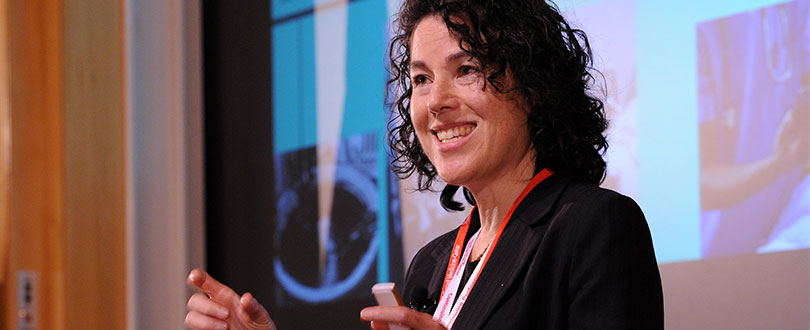Clinical Ultrasound in Undergraduate Medical Education

Gillian Baty, MD/MPH, FACEP
Residency Director
Associate Professor
Department of Emergency Medicine
University of New Mexico
GBaty@salud.unm.edu
Ultrasound is currently on a steep incorporation curve in medical education. Relatively recent improvements in the portability and cost of equipment, combined with the non-ionizing nature of this cross-sectional imaging modality made this fairly inevitable. The specialty of Emergency Medicine was an early adopter of clinician-performed ultrasound for similar reasons and, as the first to publish a specialty-specific ultrasound curriculum in 19945, has often led the bedside ultrasound revolution in medical education. In the 1990’s, medical schools around the world were beginning to incorporate ultrasound into parts of the curriculum such as gross anatomy, physical examination, and physiology. And in 1999 the American Medical Association passed a landmark resolution for ultrasound stating that broad and diverse use of ultrasound exists, and that privileging should be granted based on training determined by each specialty. But even more telling, in 2012 the same organization supported educational efforts and “widespread integration of ultrasound throughout the continuum of medical education”.3 This evolution and the widespread uptake of clinician-performed ultrasound by virtually every specialty have brought us to the point where every medical student should be graduating with the fundamentals of ultrasound in place.
Most U.S. medical schools currently incorporate ultrasound in either components of pre-clinical training (~46%), clerkships and electives (~47%), or a smaller percentage as a longitudinally integrated curriculum (~12%).4 To date, the few small studies that have looked at educational outcomes for anatomy or physiology haven’t been promising. However, the concrete outcome of technical expertise with image acquisition and interpretation have been positive.1 The majority of studies have evaluated the soft outcome of student satisfaction with very positive results but lack of power and multiple confounding factors don’t allow us to put much weight on them. Despite this lack of concrete evidence, anecdotes and plausibility would argue that ultrasound engages our learners and perhaps gives them a deeper understanding of basic principles of medicine.
This is a tall order as an effective ultrasound curriculum requires substantial resources for equipment, quality assurance and archiving software, curricular space, and trained faculty.2 Schools that have successfully implemented an integrated longitudinal curriculum all started with smaller piecemeal components. In order to effect this change, it is imperative that every clinician educator with ultrasound experience become an ultrasound champion within their medical school. Even small advances such as incorporating a few ultrasound sessions into the gross anatomy curriculum, or combining learning the cardiac physical exam along with the cardiovascular physiology and bedside transthoracic echocardiogram can make outsize strides toward the goal of a universal integrated longitudinal ultrasound curriculum. And these small advances can be accomplished by one passionate medical educator.
References:
- Bahner, David, et al. “The State of Ultrasound Education in U.S. Medical Schools: Results of a National Survey.” Academic Medicine, vol. 89, no. 12, Dec. 2014, pp. 1681–86, doi:10.1097/ACM.0000000000000414.
- Baltarowich, Oksana, et al. “National Ultrasound Curriculum for Medical Students.” Ultrasound Quarterly, vol. 30, no. 1, Mar. 2014, pp. 13–19, doi:10.1097/RUQ.0000000000000066.
- Cohen, Harris L., and William H. Moore. “History of Emergency Ultrasound.” Journal of Ultrasound in Medicine, vol. 23, no. 4, 2004, pp. 451–58, doi:10.7863/jum.2004.23.4.451.
- Davis, Joshua J., et al. “Ultrasonography in Undergraduate Medical Education: A Systematic Review.” Journal of Ultrasound in Medicine, vol. 37, no. 11, 2018, pp. 2667–79, doi:10.1002/jum.14628.
- Mateer, James, et al. “Model Curriculum for Physician Training in Emergency Ultrasonography.” Annals of Emergency Medicine, vol. 23, no. 1, Jan. 1994, pp. 95–102, doi:10.1016/S0196-0644(94)70014-1.